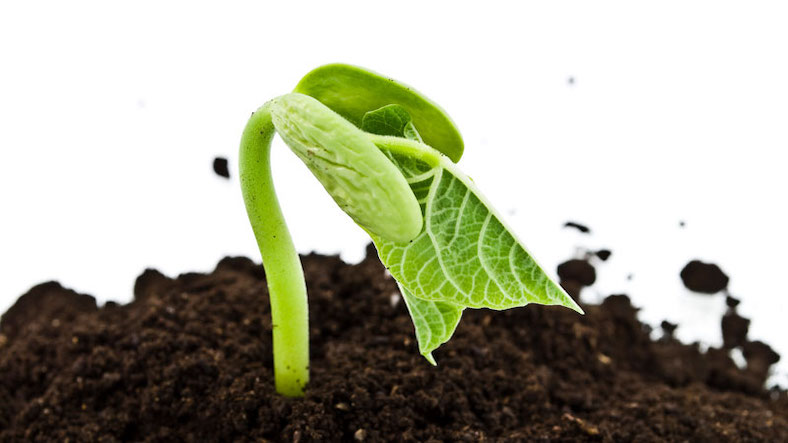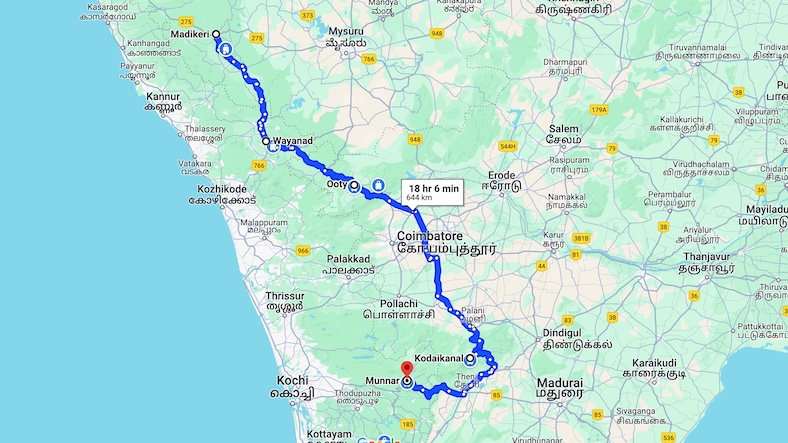Germination experiment is a wonderful way to teach children about plant life cycles and the process of seed germination.
Here's a simple experiment that can be done at home:
Materials:
- Seeds (e.g., bean seeds, sunflower seeds, or radish seeds)
- Small containers or pots
- Potting soil
- Water
- Plastic wrap or a clear plastic bag
- Labels or markers for labeling
Procedure:
- Fill the containers or pots with potting soil. Make sure they have drainage holes at the bottom.
- Plant a few seeds in each container. Follow the instructions on the seed packet for the recommended planting depth.
- Water the soil thoroughly after planting the seeds. Ensure that the soil is moist but not waterlogged.
- Cover the containers with plastic wrap or place them in clear plastic bags. This creates a mini greenhouse effect, maintaining a warm and humid environment ideal for germination.
- Label each container with the type of seed and date of planting. Place the containers in a sunny location, such as a windowsill.
- Check the soil regularly to ensure it remains moist. Water as needed to keep the soil from drying out.
- As the days pass, children can observe the germination process. They will see the emergence of seedlings from the soil.
- Encourage children to draw or write about the changes they observe each day. Record the number of days it takes for the seeds to germinate and the seedlings to grow.
Discussion Points:
- Discuss the factors necessary for germination: water, soil and warmth.
- Teach children about the parts of a seed, including the seed coat, embryo and cotyledons.
- Explain the basic life cycle of a plant, including germination, growth, reproduction and death.
- Discuss the importance of sunlight for plants and how it contributes to the process of photosynthesis.
Tips:
- Choose seeds that have a relatively short germination period for more immediate results.
- Experiment with different types of seeds and observe any variations in germination.
This germination experiment not only teaches children about plant biology but also cultivates a sense of responsibility as they care for their growing plants. It's a hands-on way to connect classroom learning with real-world observations.
Thanks for reading the article, for more Science & Technology related articles read and subscribe to peoples blog articles.















